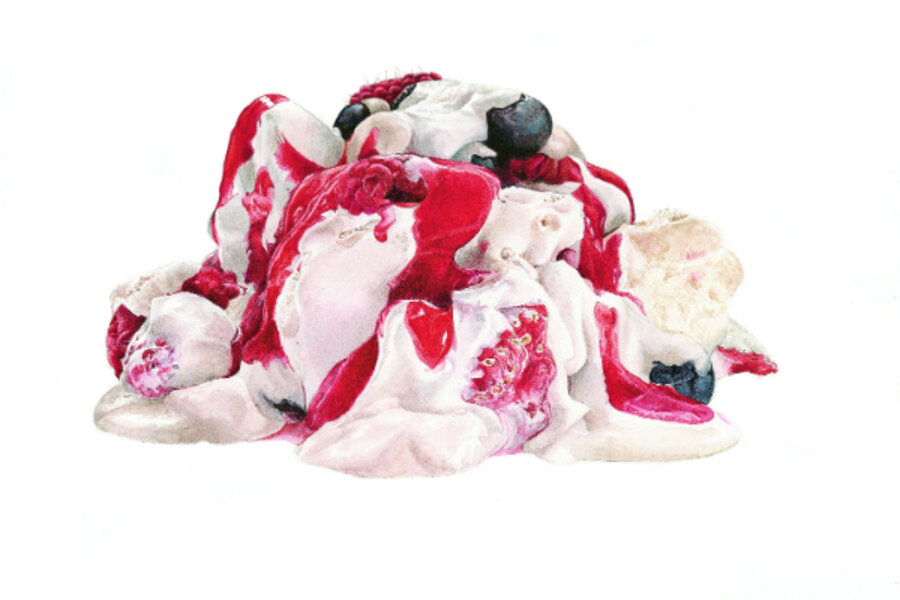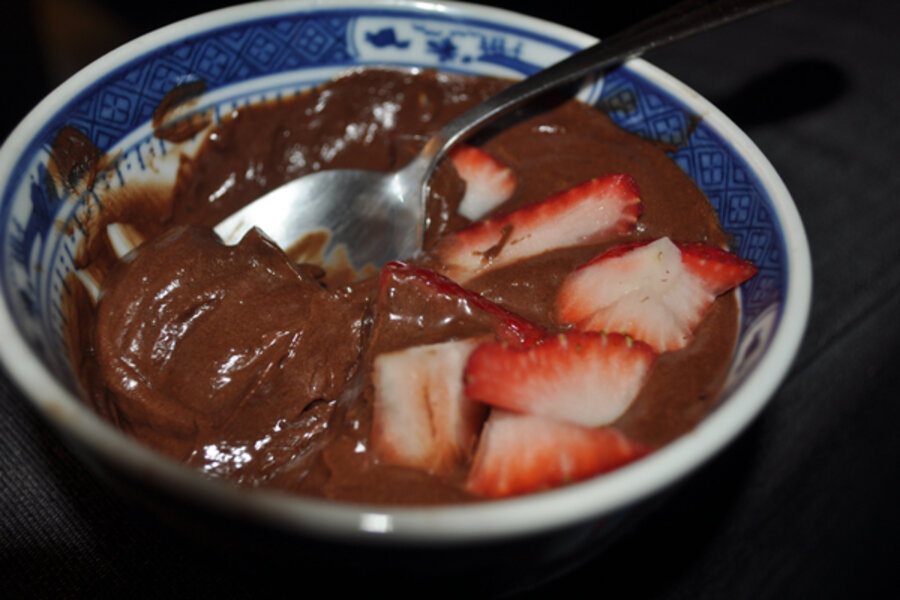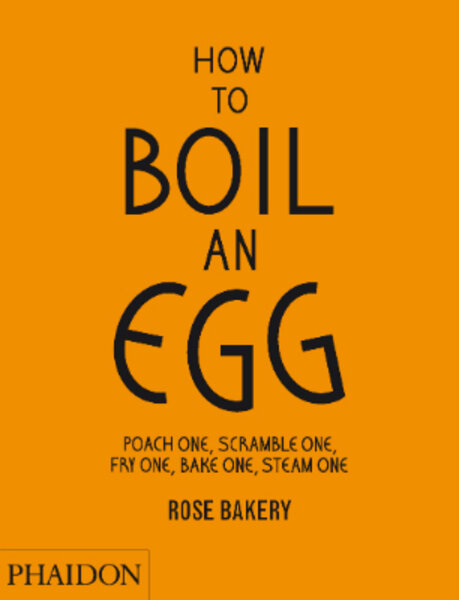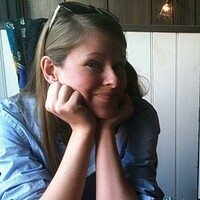Cookbook review: How to Boil an Egg
Loading...
Growing up I rarely ate eggs for breakfast. My mom was not a big egg person, (hates them in fact), so the only time I got them was the rare occasion my dad would get a craving. Dad serves his eggs the same way every time, scrambled with lots of salt and pepper, and usually with a side of country ham.
So the concept of other egg dishes, eggs over-easy with a beautiful runny yolk to dip your toast in, soft-boiled eggs carefully cracked and scooped out, a perfect omelet that neither burns nor comes out too runny, was foreign to me. "How to Boil an Egg" by Rose Carrarini of Rose Bakery, is the perfect primer for the cook who can't quite get eggs right, or is looking to take them to the next level.
At first glance the book may seem a little simplistic. As expected, it starts with easy instructions for simple breakfast dishes, poached eggs, fried eggs, eggs benedict, eggs florentine, pancakes, and French toast. The book also has recipes for classic pastries like scones, muffins, popovers, and cakes. (Well of course, I thought, there are eggs in almost every baked good!) But the chapter titled "Eggs for Tea," a collection of cakes and puddings, was full of surprises.
Ms. Carrarini is co-founder of the Anglo-French bakery and restaurant, Rose Bakery, with locations in Paris, London, Tokyo, and Seoul. The book has a decidedly British and sophisticated feel to it, with recipes for creative tarts and gratins and desserts you don't see often in the United States. A whole section on puddings? Maybe it's my American ignorance, but I sort of thought bread pudding was the height of pudding sophistication. Recipes with exotic names like "Orange Crème Caramel" and "Eton Mess" proved me wrong. "Pudding" is the generic term for dessert in Britain.
The book is beautifully illustrated by botanical artist, Fiona Strickland – a welcome visual delight in a world full of doctored food photos. Their simplicity and exquisite detail bring to life the beauty of cracked egg shell, not to mention the dizzily decorated "Geoise Sponge Cake," topped with layers of jam, dollops of whipped cream, a dusting of sugar, and raspberries. I have to confess, I was intimidated.
So I started with something simple, "Egg in the Middle" also known as "Toad in a Hole" or "Eggs in a Basket," a fried egg cooked in the middle of a piece of toast. With clear instructions I also managed to master the perfect omelet, or ("omelette, in British-speak) and subsequently, the omelet sandwich, my new weekend lunch-time favorite. I worked my way up to to the pudding section, and then picked something I felt was both sophisticated and accessible to the average American: chocolate mousse.
A disclaimer: This recipe contains raw eggs, which made me really nervous. The eggs whites and egg yolks are beaten separately, but neither are cooked or baked in any way. After chilling, this makes for an extremely rich and fluffy mousse. My only other experience knowingly eating raw eggs has been in the form of cookie dough, so this recipe felt like a bit of a risk, but well worth it. I taste-tested it a few hours before serving it to others, and then felt comfortable with small bowls. I topped my mousse with strawberries and bananas, but after its debut night, the leftovers were simply divine scooped spoonful by spoonful from the bowl in the fridge.
Rose Bakery chocolate mousse
11 ounces semisweet chocolate (Ms. Carrarini recommends a specific brand called Valrhona's Guanaja 72 percent, I used regular Baker's Chocolate from my grocery store.)
3/4 cup heavy cream
6 eggs, separated
1-2 tablespoons sugar (to taste)
Optional add-ins and garnishes:
3 tablespoons hot espresso coffee
1 tablespoon whiskey, dark rum or Grand Marnier
chocolate beads, or shavings
coconut flakes
strawberries, bananas, or other fruit
whipped cream
1. Melt the chocolate completely on the stove or in the microwave. Ms. Carrarini recommends using a heatproof bowl over a pan of simmering water. Set aside to cool.
2. Get out three large mixing bowls and two smaller bowls. Carefully separate your eggs into the two smaller bowls. In one of the large bowls whip the cream until soft peaks form.
3. Beat the egg whites in another large bowl until soft peaks form, then add the sugar, and beat for a few more minutes. (You may want to take it easy on the sugar depending on how sweet you like your mousse. You can always add more later.)
4. In the last large bowl beat the egg yolks well. Beat in the espresso, whiskey, or rum (if using). Stir the melted chocolate into the yolk mixture. The mixture will thicken up a lot. Fold in half the egg whites, then all the cream. Finally fold in the other half of the egg whites.
5. Chill in the refrigerator for at least one hour before decorating and serving.








